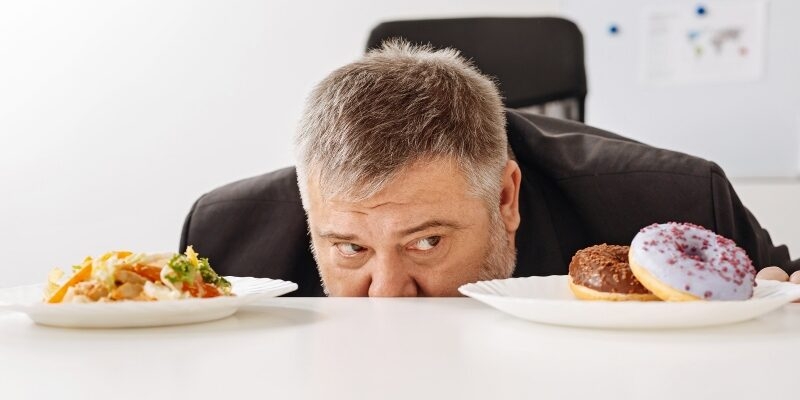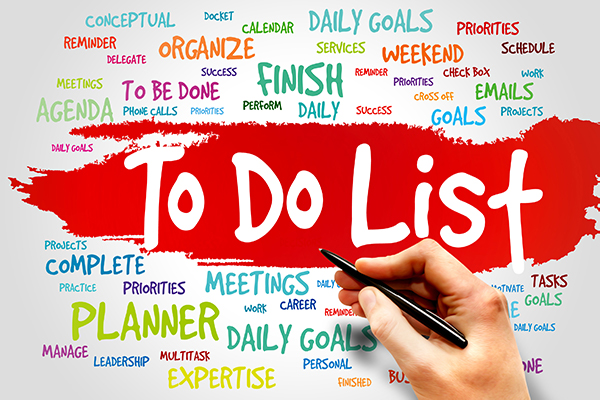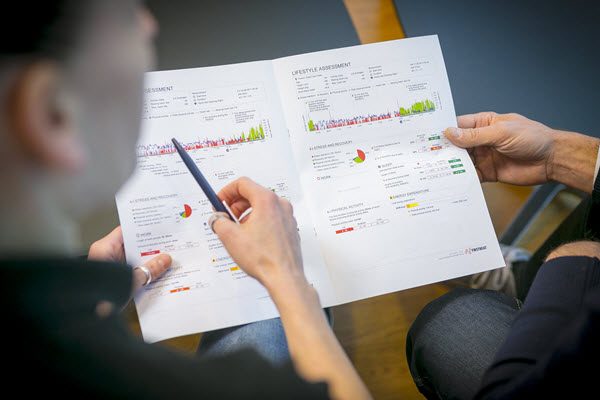Sometimes change is easy; perhaps you or someone you know changed or started a new habit and found it straightforward. But, it’s not the typical path. We might decide to eat differently, maybe following the 16/8 fasting approach we’ve heard about, where you eat within an 8-hour window (and so not eat for 16 hours), deciding, for example, that you won’t eat after 7.30pm or before 11.30am.
In the moment we make the decision, we’re healthy, not hungry, and the evidence seems to suggest it’s worth trying this fasting approach, so it’s an easy decision.
The first day, buoyed with enthusiasm, we follow the approach. The next day, Friday, we’re watching our favourite TV show at 9pm, the one where we usually have a glass of wine, or our favourite snack… and we’re faced with the reality of craving. Aghh, I really want that snack and come on, it is Friday, and so the craving wins. And that’s the end of this silly 16/8 fasting lark.
The challenge is not just establishing a new habit; it’s dealing with all the existing ones! We often put too much trust in our willpower which is often not up to the job. To say this isn’t to suggest that any of us is weak. In our example, the combination of habit, emotion and biology are all rooting for the wrong side, and willpower is easily overwhelmed.
Those with the best results know not to rely on willpower. What we need are strategies! Firstly, anticipate the craving (or remember it from the past), and decide what to do when it inevitably comes — when faced with the craving, what will you do?
The strategies don’t have to be complex or sophisticated, how one or more of:
- Drink water – expanding the stomach can reduce hunger perception
- Clean your teeth – who wants to spoil that minty freshness
- Sit in a different seat – the trigger leading to craving may depend on several time and place elements coming together
- Remove the snacks – don’t buy them, hide them, lock them up, …
- Allow snacks once per week, e.g. only on Fridays
- Get support from family, friends, a coach, or community
- Watch a different program
These examples may or may not work for you, the key is to use strategies that don’t leave you at the whim of willpower.
If you find change difficult, then welcome to club human. Disrupting established patterns in our lives, even when we know they are unhelpful patterns, can include a mix of physical and mental obstacles that make change messy.
So, if you’re using the new year as an opportunity to initiate change, go for it, but take along a bag of strategies to support you along the way.







 Firstbeat is the leading provider of physiological analytics for sports and well-being. They are able to transform heartbeat data into personalized information on exercise, stress and recovery. Reach Remarkable have partnered with Firstbeat in order to provide the
Firstbeat is the leading provider of physiological analytics for sports and well-being. They are able to transform heartbeat data into personalized information on exercise, stress and recovery. Reach Remarkable have partnered with Firstbeat in order to provide the 

